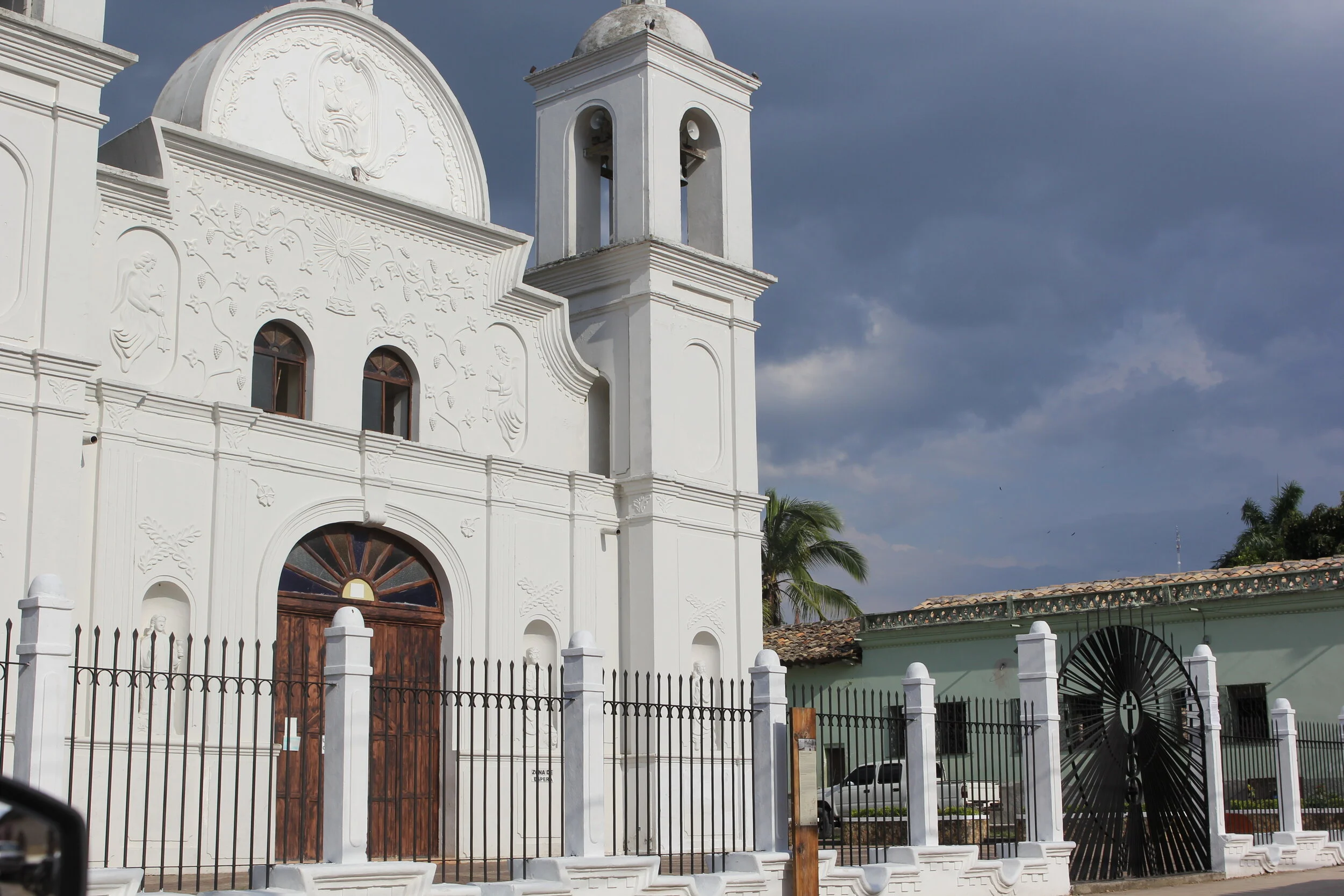
Our History
Our story started in 1994.
Clinica Medica San Lucas was started in 1994 as one of Partner Management Teams under the direction of the Luke Society. Five couples in West Michigan partnered with Carlos Mendoza, a Honduran minister, and his wife, Juventina, a pharmacist. The partnership remains strong, with Carlos serving as the Executive Director of the clinic.
Our initial goal for the clinic was to have it staffed and directed by Hondurans and that it would be open for twelve months per year. In addition, medical and dental brigades from the United States would travel to assist their efforts for several weeks per year.
The location of the clinic was Gracias, Lempira. This city was chosen because:
It is centrally located in one of the poorest areas of Honduras. Field brigades could easily travel to the villages during the day.
There was a hospital in the city that could be used by USA surgical teams.
The leadership in the surrounding villages were open to church planting, community development and also medical and dental brigades.
It was reasonably easy for North Americans to travel to and stay.
Clínica San Lucas Gracias
The clinic started with one physician and operated in a small rented house in Gracias. In 1997, Clínica Medica San Lucas purchased and moved to a new location. This new home has had several expansions and renovations.
Today there is a Honduran staff of 15 and Carlos Mendoza is still the director. The clinic employs 2 full time physicians, a dentist, a pharmacist and several nurses. It has been involved with community development, micro loan programs, evangelism and church planting. Read more here.
Medical and Dental Brigades
The first medical and dental brigade was in 1995. Approximately 40 people formed the team and it consisted of physicians, nurses, dentists, and various support people.
One third of the group formed a surgical team and that team stayed in Gracias performing surgeries on patients that had been selected by the Honduran team. The rest of the United States team traveled daily to the surrounding villages and set up clinics so that they could address the needs of the people there.
There are now two large brigades that travel from the US per year and 6-8 smaller surgical brigades. The surgeons have included orthopedics, plastic surgery, urology, gynecology, general surgery, ophthalmology, oral surgery, dentists and gastroenterology.




